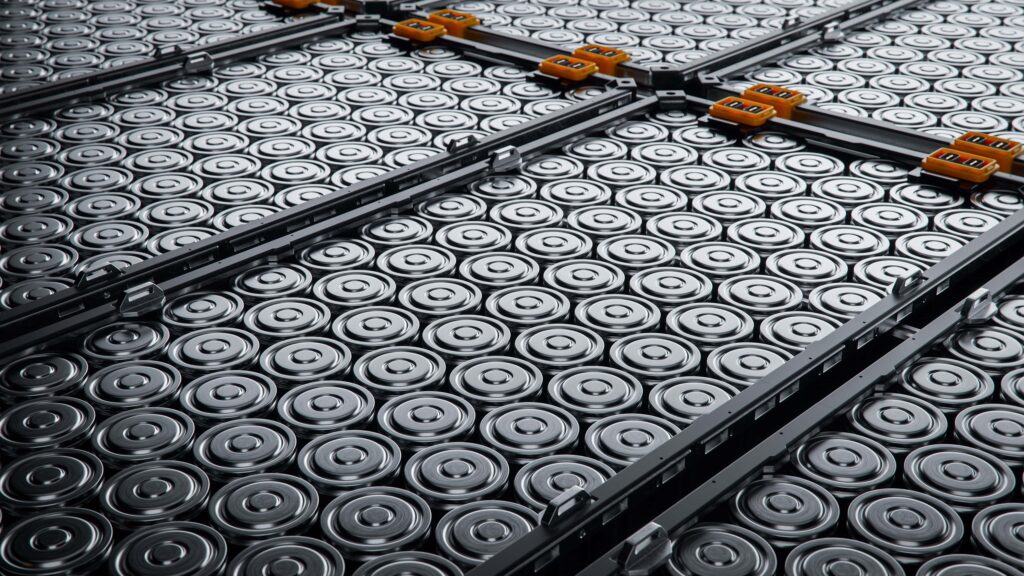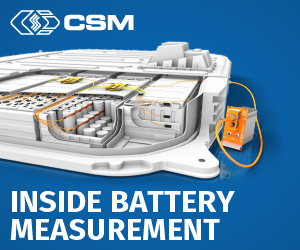All-solid-state sodium batteries closer to practical use

Researchers in Japan have developed a process that produces a sulfide solid electrolyte with the world’s highest sodium ion conductivity, writes Nick Flaherty.
The synthesised material, developed at Osaka Metropolitan University, is a key contender for all-solid-state sodium batteries. The solid electrolyte, Na2.88Sb0.88W0.12S4, has a sodium ion conductivity about 10 times higher than required for practical use and a glass electrolyte with high reduction resistance.
Using sodium polysulfides (sulfides with at least two atoms of sulfur) as both the material and the flux, which promotes the integration of the solid electrolyte into a solid-state cell with a conductivity of 125 mS/cm at 25 C. This is key for allowing the sodium ions to move from the anode to the cathode. It uses a simplified production process at atmospheric pressure. Many other solid electrolytes need high-pressure processes in a sealed reaction vessel.
“This newly developed process is useful for the production of almost all sodium-containing sulfide materials, including solid electrolytes and electrode active materials,” said Professor Sakuda, who led the project at the university.
“Also, compared to conventional methods, this process makes it easier to obtain materials that display higher performance, so we believe it will become a mainstream process for the future development of materials for all-solid-state sodium batteries.”
A practical process for an all-solid-state sodium battery cell needs mass synthesis for high-alkali-content sulfide glass electrolytes, which are characterised by high ionic conductivity and high levels of formability. Typically, vacuum sealing and quenching are conventional techniques employed during the manufacturing process.
The researchers used a new method to produce the sulfide glass electrolytes with high alkali concentrations, achieved through ambient-pressure heat treatment and a gradual cooling process by incorporating a small quantity of silicon dioxide (SiO2).
The ionic conductivity of the resulting sodium oxythioborosilicate glass exhibited 1.5 × 10–5 mS/cm at 25 C, surpassing that of Na3BS3 glass.
The team built a rechargeable, solid-state sodium battery cell that works at 60 C without the need for high-temperature quenching.
Click here to read the latest issue of E-Mobility Engineering.
ONLINE PARTNERS



























